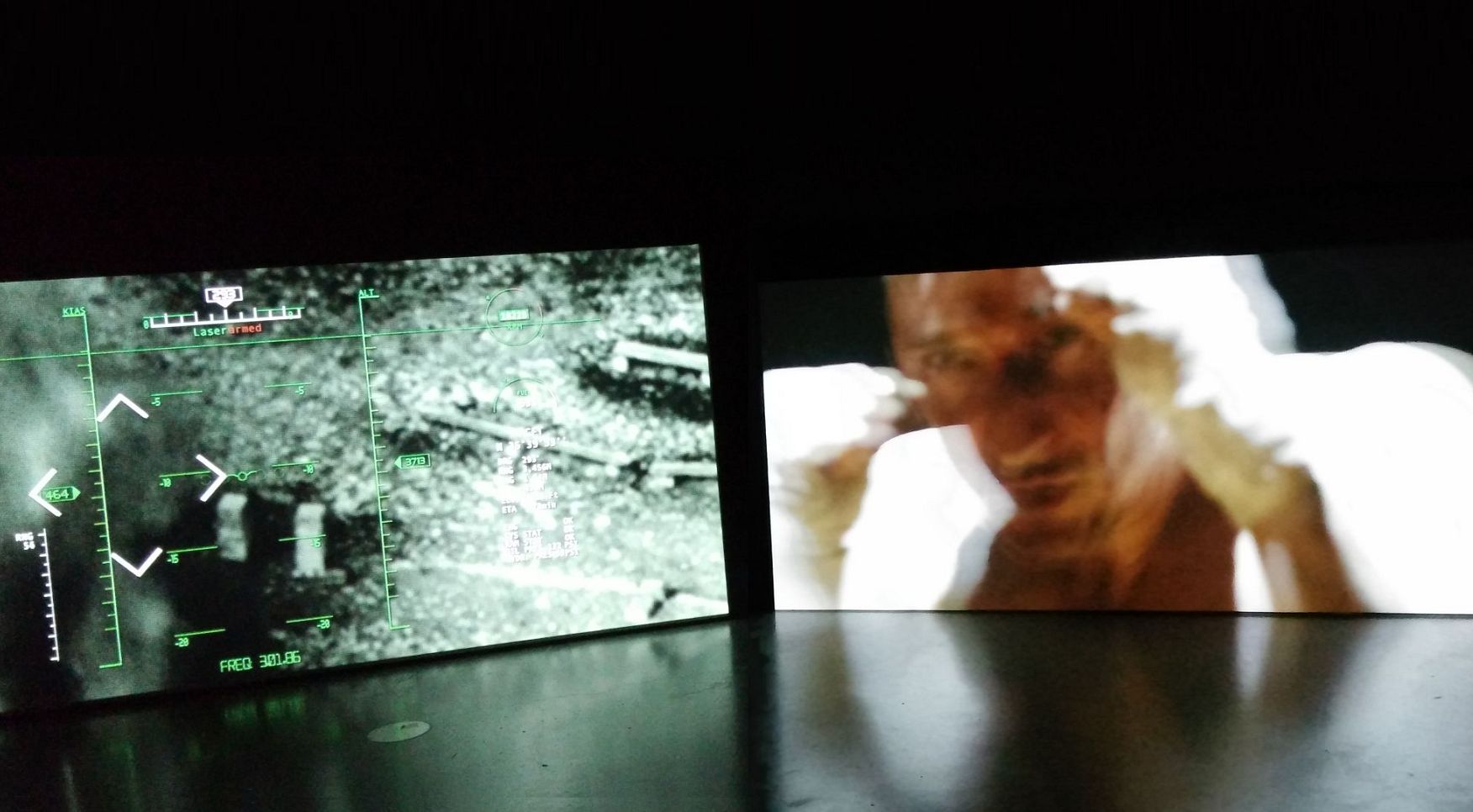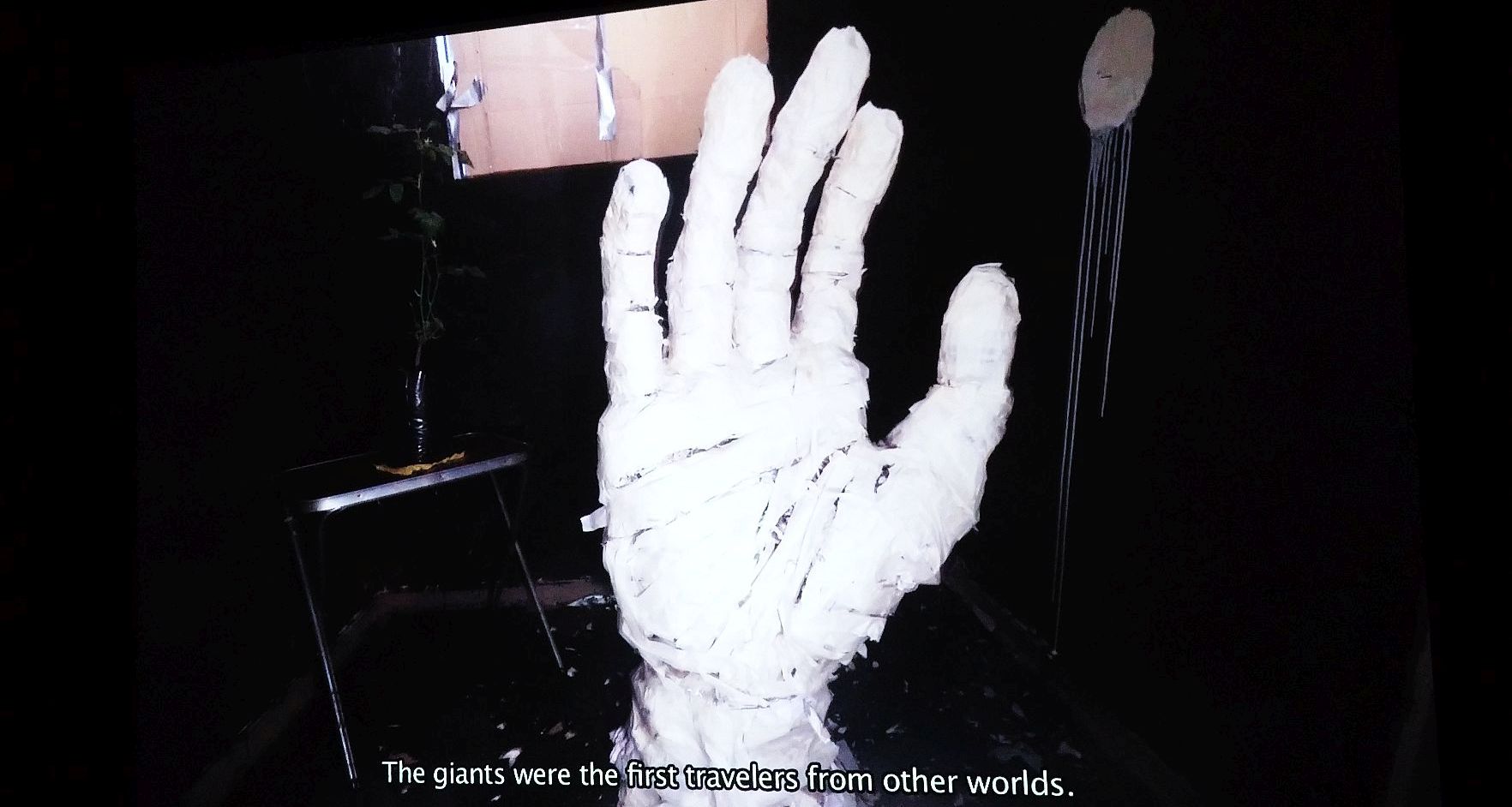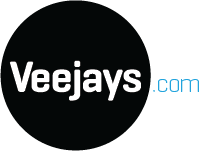If cinema is a moving novel, then video art is a moving painting. Or is there more to it than that? What is the difference between artistic cinema and narrative video art? The EYE museum has been on a roll lately, and is showing an increasing amount of this intriguing art form-to-be next to its regular cinema content.
It’s quite a tricky subject. While video art has been around for a while, it’s still very much a young and developing discipline. And just like cinema has developed a method of storytelling that is completely different from a book, video art creates an authentic experience of its own. For their Close-up exhibition, EYE has chosen to feature the youngest artists in the business. What are the results? Is it appealing? Exciting? And is it any good?
Beautiful emptiness
At the literal center of Michael and Florian Quistrebert’s work is a grouping of three projection screens showing flickering flames in ever-changing colors. I like it, because it shows how to skillfully design and project abstract images. They don’t pretend there is any more to it than that; there’s a reason they named their work Void Fires. Is it simply a great example of decorative moving art. Perfect to display at the airport or in the office lobby!
Supernova gone wrong
Two other designers who understand how to create truly new experiences with video art are Joris Stijbos and Matthijs Munnik (U-AV). After entering a darkened room, visitors get brainwashed by bright and feverishly pulsating color fields. The sensation is quite unlike any other. If I had to compare it to something, I would say it’s like watching a supernova derail.
Artistic fiddling
I like this approach, because it differs from the traditional way to use film footage; the makers are well-versed in the new technologies this medium offers. They’re obviously familiar with video creation, and go beyond mere “artistic fiddling” with film footage found footage. The same thing can’t be said for many others. Unfortunately, there is plenty of “random stains on ruined celluloid”, holiday video footage using cheap color effects, boring footage of construction sites or dead pigs to be found. And of course, there’s the inevitable “artistic” nudity. It’s not exciting, and I think it doesn’t do the medium justice.

Drone pilot with a guilty conscience
However, it is definitely possible to use engaging and meaningful video footage to create an autonomous work of art. See for example Full Contact by David Verbeek, which doubles as a motion picture. It features well-chosen and perfectly edited widescreen images of deadly drone attacks, displayed directly next to and in sync with a masterfully filmed, full contact fistfight where the drone pilot tries to shut up his guilty conscience by taking part in a fair fight.

Horror
And then there is Los Andes, a gritty installation by Christobal León and Joaquin Cociñ. This horror-esque stop motion features an office building being taken over by ugly materials brought to life, like black paint and tape. The whole thing is narrated by a native speaker in an ominous voiceover. The experience is heightened by the presence of monstrous sculptures in the room, made from the same materials and reminiscent of Inca culture. These guys really get it.
In conclusion
The work on display in Close-up greatly varies in quality, which is probably a good representation of the different approaches of and skill levels in video art nowadays. It’s not always world-class, but that’s not possible or necessary yet. There are plenty of obvious talents to make it a promising discipline.
I really only have one thing to add. Close-up also features a Research Lab showing work by students from several Dutch academies, but a href=”http://www.vjacademy.nl” target=”_blank”>oneof them is missing… EYE: feel free to give us a call! 😉
- Close-up is open to the public until May 22, 2016, at the Eye Museum in Amsterdam. Open daily from 10 am – 7 pm.
- For more information, visit www.eyefilm.nl/close-up
- Special thanks to We Are Public





